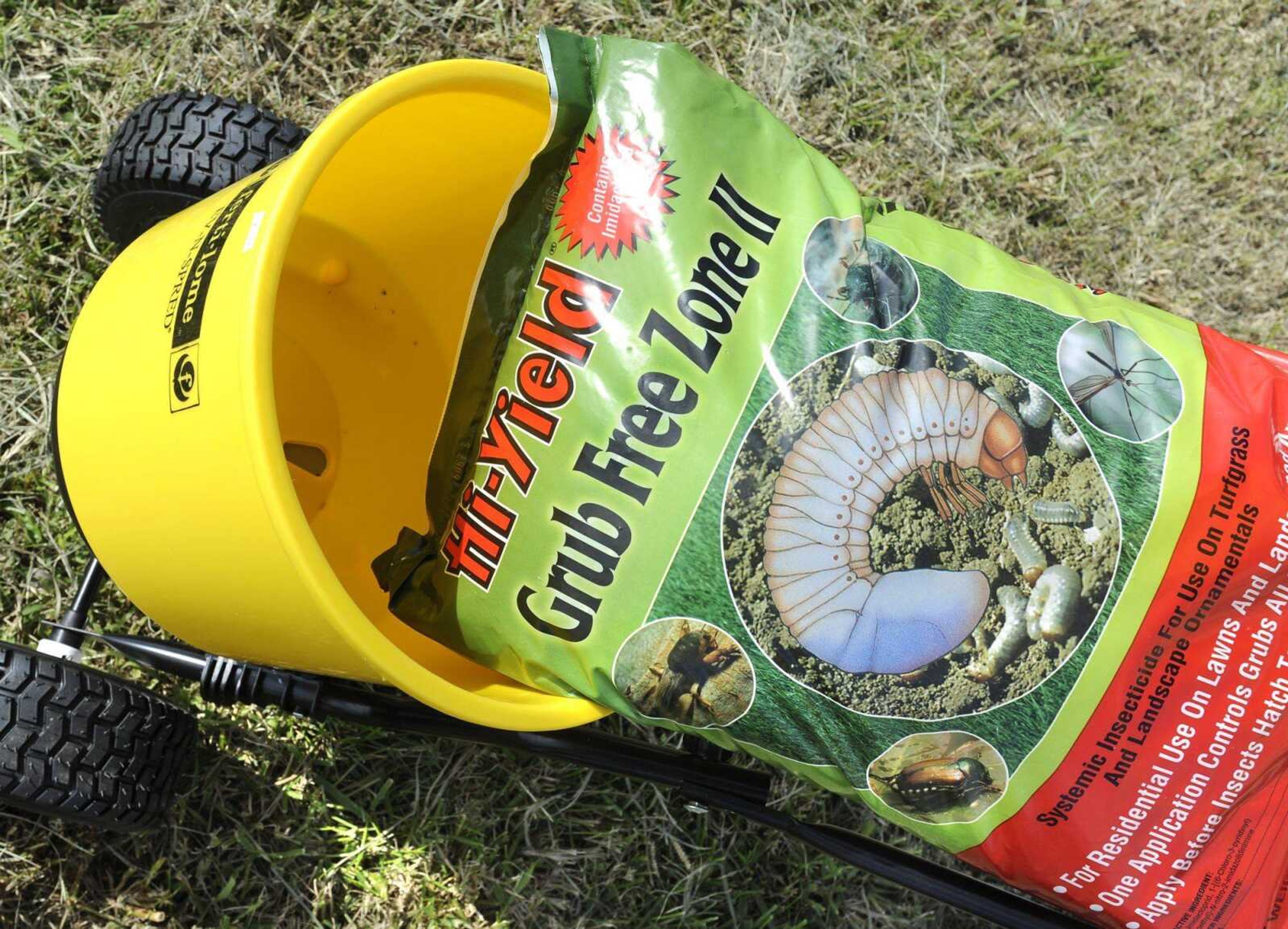Dealing with pesky grubs
The last few growing seasons have been challenging, to say the least. We have had floods, droughts, cool springs, warms springs, etc. It certainly makes it difficult for a gardener to make any plans. What is the next challenge to gardeners? During the last few years the population of Japanese beetles has increased its range throughout the Heartland. This increase in populated areas could suggest a potential of which many gardeners may not be aware...
The last few growing seasons have been challenging, to say the least. We have had floods, droughts, cool springs, warms springs, etc. It certainly makes it difficult for a gardener to make any plans.
What is the next challenge to gardeners? During the last few years the population of Japanese beetles has increased its range throughout the Heartland. This increase in populated areas could suggest a potential of which many gardeners may not be aware.
Japanese beetles, along with other beetles such as the June beetle, May beetle, masked chafer, etc. start the adult portion of their life cycle in late spring. Adults emerge from the ground and spend most of their six- to 10-week adult life feeding and mating.
After mating, females lay eggs in the soil, and the eggs soon hatch into grubs. The grubs, also living organisms that need food, eat plant roots. Depending upon the species of beetle, the grub may stay in the soil from one to three years, feeding on plant roots the entire time. Then, in the spring, the grubs pupate, the adults emerge and the cycle begins anew.
If the feeding grub population is limited, the affected plants can replenish damaged roots. On the other hand if the grub population is high, plants will not be able to replenish roots fast enough to counteract the stress placed on landscape plants. I have seen entire lawns destroyed in the late summer by a grub population of 10 or more grubs per square foot.
Another problem with a high grub population in your landscape and lawn is moles, which feed on grubs. I have had a few reports of moles moving into a landscape that has had a significant infestation of Japanese beetles during last year.
Of course grubs in the landscape and lawn soils at this time will become adults next year. You can reduce the potential for feeding adults in your landscape by applying a grub control at this time of the year. On the other hand, this application is not a sure method of eliminating adult invasions next year because adults can fly into your landscaped areas from the neighbors' property.
Grubs are not always near the soil surface. During the cold winter months grubs move lower in the soil and slow their feeding. Grubs also move up and down in soil depending on soil moisture. As a rule, grubs are closest to the soil surface in late April and in August. Now is prime time to apply grub control to lawn and landscape. Apply imidacloprid to the soil surface of your landscape and lawn. It can be applied as either a spray or as a granule; be sure to water the area after application so the insecticide will move into the soil and make contact with the grubs.
Another method of control is application of milky spore. This is a Bacillus that becomes established in the soil and will control Japanese beetle grubs for several years. To have the population of Bacillus high enough to provide continued control, you must apply milky spore to your lawn spring, summer and fall for two consecutive years.
If you have had an infestation of Japanese beetles or other beetles in your landscape this year, I suggest you make a grub control application this month. Beetle grubs can be feeding on the roots of your landscape plants. You need to make the application before damage shows up in your landscaping.
Send your gardening and landscape questions to Paul Schnare at P.O. Box 699, Cape Girardeau, MO 63702-0699 or by email to news@semissourian.com.
Connect with the Southeast Missourian Newsroom:
For corrections to this story or other insights for the editor, click here. To submit a letter to the editor, click here. To learn about the Southeast Missourian’s AI Policy, click here.










